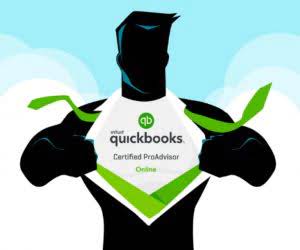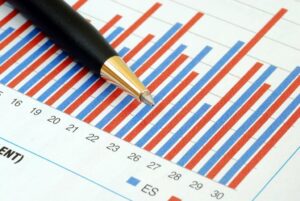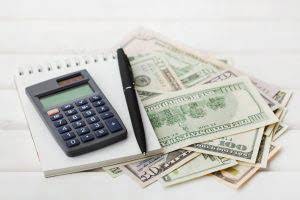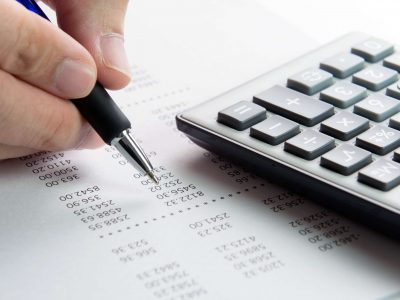
For example, a company has a total debt on its balance sheet of $100 million and pays $5 million in interest expense each year. If a company uses exclusively short-term financing, it is good to use its credit rating to approximate the cost of long-term debt. Cost of debt is then expressed as an annual percentage rate i.e. cost of debt is equal to number of payments per year times r.
Cost of Debt and Cost of Capital

Since the lender is charging a high interest over a short period of time, the APR is much higher relative to a long-term bank loan or SBA loan. This is because you’re multiplying interest expense by tax rate and don’t want to skew your result by initially including non-tax deductible fees. Knowing which fees are tax deductible can be tricky, so we recommend consulting a tax professional.
Impact of Taxes on Cost of Debt
If all else fails, you can always use the 10-year Treasury rates as a proxy for the interest rate for a company’s debt, especially a company relying on short-term debt as its source of financing. Long-term rates better approximate interest rate costs over time because they match the long-term focus of calculating free cash flows and their present-day values. Some companies choose to use short-term debt as their means of financing, and using the interest rates for the short term can lead to issues. For example, short-term rates don’t consider inflation and its impacts. The higher credit ratings or cost of debt tend to follow companies with higher risk levels. A company’s capital structure is one part https://www.bookstime.com/articles/indinero debt and another part equity.
Cost of Debt for Public vs. Private Companies: What is the Difference?
The different credit ratings also reflect the prevailing interest rates in the market. Calculating Apple’s cost of debt involves finding the average interest paid on all of Apple’s debt, including bonds and leases. Apart from the yield to maturity approach and bond-rating approach, current yield and coupon rate (nominal yield) can also be used to estimate cost of debt but they are not the preferred methods. Companies can raise money by selling stock, or ownership shares, of the company. The cost of common stock capital cannot be directly observed in the market; it must be estimated.
- There’s also a formula for calculating any tax savings into the total.
- To calculate the after-tax cost of debt, we need first to determine the pretax cost of debt.
- You just won’t see a return on this investment until you pay off the debt.
- A higher credit rating indicates lower perceived risk, which translates into a lower cost of debt.
- For instance, during a period of economic expansion, interest rates might be low, allowing companies to access capital at a lower cost.
Calculating cost of debt: an example
- This indicates the riskiness of the firm perceived by the market and is, therefore, a better indicator of expected returns to the debt holder.
- Short-term debt, as the name suggests, has a maturity period of one year or less.
- Since the interest paid on business debt is tax-deductible, the net cost of debt is often expressed as the after-tax cost of debt.
- Long-term debt refers to financing that has a maturity period of more than one year.
- Cost of debt is repaid monthly through interest payments, while cost of equity is repaid through returns, such as dividends.
- Provided with these figures, we can calculate the interest expense by dividing the annual coupon rate by two (to convert to a semi-annual rate) and then multiplying by the face value of the bond.
To calculate the after-tax cost of debt, subtract a company’s effective tax rate from one, and multiply the difference by its cost of debt. Instead, the company’s state and federal tax rates are added together to ascertain its effective tax rate. Another way to calculate the cost of debt is to determine the total amount of interest paid on each debt for the year. Conversely, a higher cost of debt can potentially make a company less attractive to investors. A higher cost of debt means higher interest payments, reducing cash flows available for investments, growth, or paying dividends to shareholders.

Compare loan options from multiple funders.

With this number in hand, you can now compare the cost of debt to the net income that the loan will generate. If the debt will end up producing growth that’s more valuable than the cost, then the loan is a good business investment. In this guide, you will learn about the cost of debt, as well as how to calculate it before and after taxes have been paid. You will also learn how to use Microsoft Excel or https://www.instagram.com/bookstime_inc Google Sheets to calculate the cost of debt and how a tool like Layer can help you synchronize your data and automate calculations. Analysts from EveningStar Inc. estimate the firm’s cost of capital to be 10% and its cost of equity to be 11.78%. The firm’s positive exposure to the market, given its (equity) beta of 1.25, means it’s poised for strong performance ahead.

You just how to find the cost of debt won’t see a return on this investment until you pay off the debt. For example, you know that a new piece of equipment will mean that you can produce more of your product with a shorter turnaround time. This new piece of equipment can increase your revenue by 10%, but you need a loan to pay for it.
Maximize Your Business’s Growth Potential
One important aspect to consider when calculating the cost of debt is the impact of taxes. Since the interest paid on business debt is tax-deductible, the net cost of debt is often expressed as the after-tax cost of debt. This is calculated by multiplying the pre-tax cost of debt by (1 – tax rate). The cost of debt represents the total amount of interest paid by a company on its outstanding debt. This cost is influenced by the interest rate, which is the percentage of the principal amount that the borrower must pay over a specific period. Interest rates can be fixed (unchanged throughout the loan term) or variable (subject to change based on market conditions).